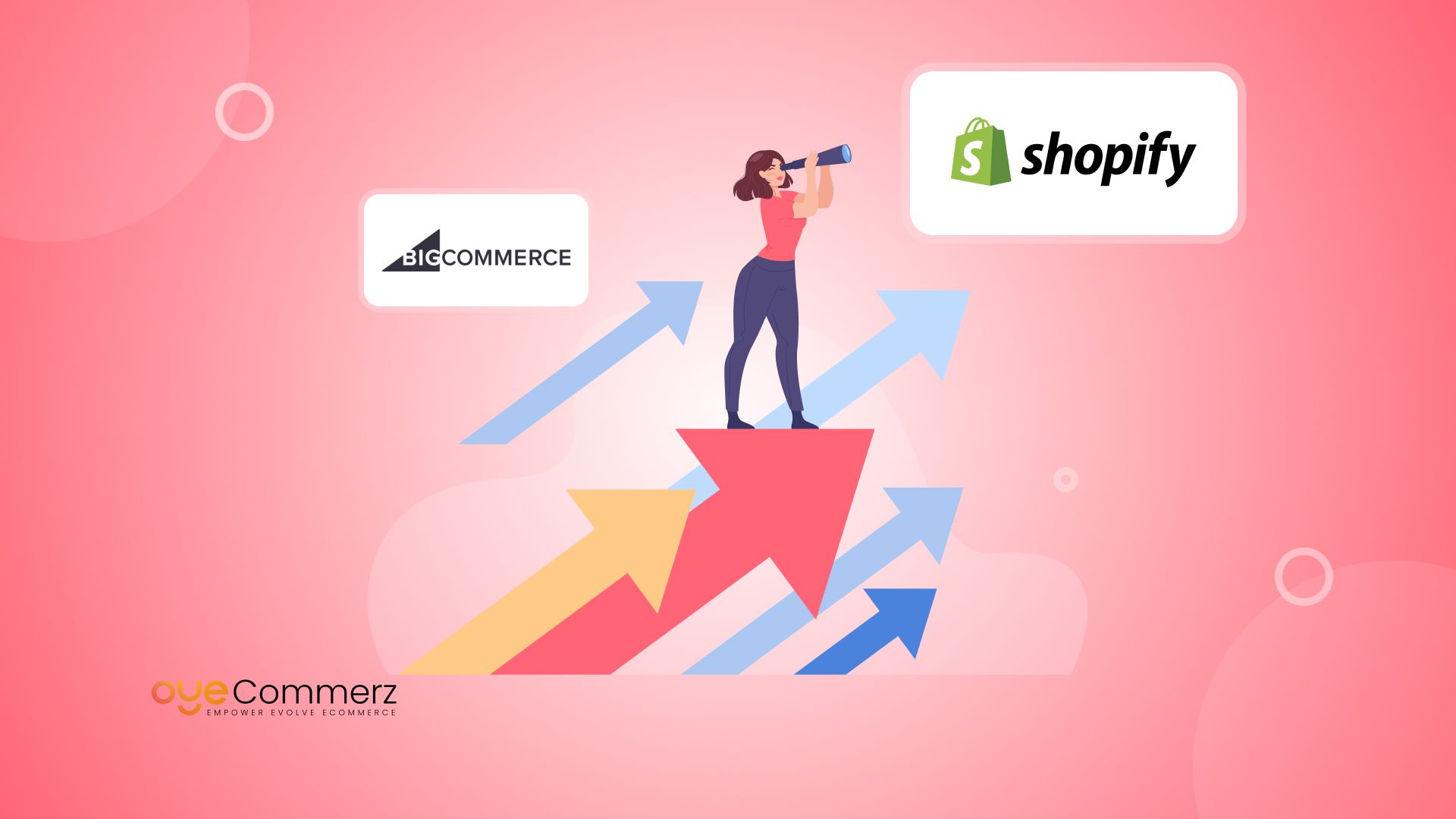Transitioning from WP to Shopify marks an exciting step in optimizing your online store processes. As businesses expand, choosing a solution that aligns with growth potential, UX, and flexibility is essential. Shopify has emerged as a favorite for online merchants, offering unmatched adaptability, data protection, and ease of use. In this guide, we’ll explore the transformative impact of this migration, discuss the advantages, and share actionable steps to facilitate a seamless move.
1. Top Reasons to Transition from WordPress to Shopify
WordPress, paired with WooCommerce, continues to support countless e-commerce platforms. However, as companies expand, issues like plugin dependency, security vulnerabilities, and technical complexities can hinder progress. Shopify, designed explicitly for e-commerce, addresses these issues with an comprehensive, user-friendly platform. Real data supports this transition—Shopify hosts over 4.4 million websites worldwide, with a reported 10% boost to sales performance for many businesses post-switch.
2. Key Benefits of Shopify for E-commerce Success
Shopify’s robust ecosystem is tailored for expanding brands. Its notable benefits are:
- Seamless Customization: Shopify provides over 80 expertly crafted themes.
- Built-in Features: Features like Shopify Payments and built-in SEO streamline operations.
- Global Reach: Currency versatility and regional customization empower businesses to reach global markets.
Additionally, Shopify boasts an availability percentage of 99.98%, ensuring your store remains accessible.
3. Preparing for WordPress to Shopify Migration
Before migrating, assess your current store. Review product data, customer details, and SEO performance. Resources such as Shopify’s Migration Kit or external tools help ease the transition. Create a comprehensive plan, ensuring all resources—item details, images, and blog content—are optimized for transfer.
4. The Importance of Accurate Data Migration
Transferring your data is a cornerstone of a successful platform switch. When migrating from WordPress to Shopify, prioritize:
- Product Information: SKU, descriptions, and categories.
- Customer Data: Emails, order history, and custom fields.
- Search Engine Considerations: Preserve meta tags, URLs, and forwarding paths to maintain search rankings.
Use apps like LitExtension to streamline data transfer while minimizing errors.
5. Customizing Your Shopify Store
Post-migration, customizing your Shopify store ensures it reflects your business identity. Utilize Shopify’s drag-and-drop editor to design pages effortlessly. Shopify's templates are optimized for all devices, ensuring a seamless UX across platforms—a critical factor, since 74% of e-commerce traffic is generated by mobile users.
6. How to Protect Your SEO Rankings When Switching Platforms
Search engine optimization is crucial for maintaining your online presence during migration. Shopify is highly optimized for search engines with clean URL structures, built-in optimization tools, Advanced Shopify migration and smooth content management. Ensure:
- Implement 301 redirects for old URLs.
- Optimize new pages with targeted phrases.
- Leverage plugins like Plug in SEO to monitor performance post-migration.
7. Essential Tests After Migrating to Shopify
After finishing the transfer, conduct thorough testing.
Check: - Page load times (Shopify E-commerce website migration delivers faster speeds in contrast with WP).
- Payment integration reliability and transaction flow.
- Mobile responsiveness.
Quality assurance ensures your store provides a seamless shopping experience from the start.
8. Case Study of a Successful Migration
An example of effective platform switching is Gymshark, a fitness apparel brand that transitioned to Shopify. Post-migration, the company experienced a 60% boost in mobile sales and significantly lowered site downtime. This highlights the capabilities of Shopify in driving e-commerce growth.
9. Challenges and Solutions
Migration comes with challenges, such as data integrity and reconfiguring custom functionalities. However, Shopify’s robust support and external professionals simplify the process. Partnering with qualified Shopify developers ensures a trouble-free transition.
10. Starting Your Journey with Shopify
Switching from WP to Shopify represents a forward-thinking decision to e-commerce. By focusing on growth, streamlining operations, and enhancing the customer experience, Shopify empowers businesses to succeed in competitive markets.
Conclusion
Transitioning from WordPress to Shopify is a strategic move that can greatly enhance your e-commerce success. With a robust migration plan, the right tools, and professional guidance, you can unlock new growth opportunities.
Ready to make the leap? Reach out today to learn how our Shopify migration services can revolutionize your e-commerce platform. Contact us now, or consider: Can your business afford to miss out on Shopify’s growth potential?
